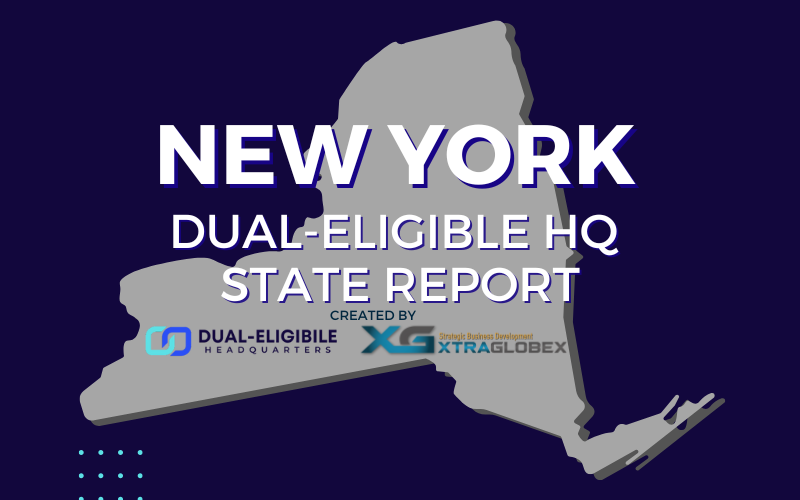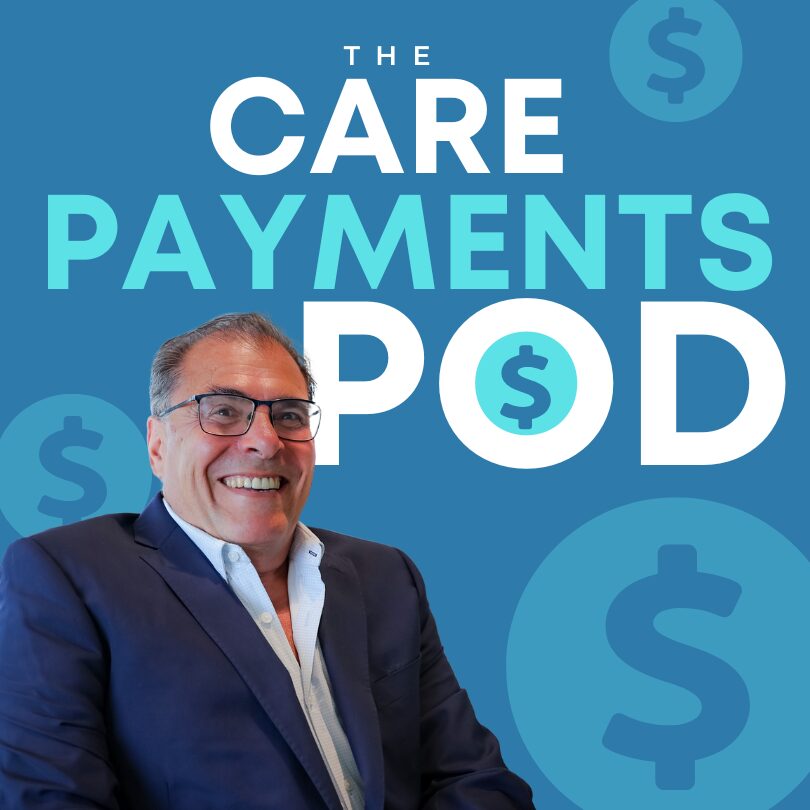Dual-eligible beneficiaries qualify for Medicare and Medicaid and represent a significant and vulnerable population within the U.S. healthcare system. As of 2023, approximately 12.5 million Americans were dual-eligible, accounting for 19% of Medicare and 14% of Medicaid enrollees. This group is disproportionately female (59%) and racially diverse, with 49% being people of color. Notably, 37% of dual-eligibles are under the age of 65, qualifying due to disabilities rather than age.
The Dual Eligible Numbers
The health needs of this population are often complex and multifaceted. Nearly half (49%) of dual-eligible individuals have at least one limitation in activities of daily living. They are more likely to be in fair or poor health, have multiple chronic conditions, and require institutional care compared to Medicare-only beneficiaries. This high level of need translates to substantial healthcare spending – dual-eligible individuals account for 34% of Medicare and 30% of Medicaid spending, despite their smaller representation in these programs.
Recent data shows that dual-eligible beneficiaries face significant health challenges:
- 13% consider themselves in poor health compared to only 4% of Medicare-only beneficiaries2
- 24% have at least one inpatient hospital stay per year (compared to 15% for Medicare-only)2
- 21% have at least one ER visit per year (compared to 13% for Medicare-only)2
- 12% have at least one day of home health care per year (compared to 5% for Medicare-only)2
Managed Care Models
There has been a significant shift towards managed care models for dual-eligible beneficiaries in recent years. As of 2024, about 24% of dual-eligibles were enrolled in Medicare Advantage and Medicaid managed care plans, and another 23% were in traditional Medicare combined with Medicaid managed care. However, only about 8% of full-benefit dual-eligibles are enrolled in highly integrated plans that combine Medicare and Medicaid services.
Fragmentation of Care
The fragmentation of care remains a significant challenge. Most dual-eligible individuals (95%) receive their Medicare and Medicaid benefits through separate coverage arrangements. This lack of integration can lead to inefficiencies, gaps in care, and confusion for beneficiaries navigating two complex systems simultaneously.
Several models have emerged to address these challenges. Medicare-Medicaid Plans (MMPs), tested in the financial alignment demonstration, aim to integrate Medicare and Medicaid services fully. Dual Eligible Special Needs Plans (D-SNPs) are another approach, with some states requiring Medicaid MCOs to offer companion Medicare Advantage D-SNPs for better coordination.
Social determinants of health play a crucial role in this population. With 87% of dual-eligible individuals having incomes below $20,000 a year, issues like food insecurity, housing instability, and lack of transportation significantly affect their health outcomes. Some managed care models are beginning to incorporate services addressing these social needs.
Advocate’s Perspective
From an advocate’s perspective, despite recent improvements, the current system still falls short of meeting the complex needs of dual-eligible beneficiaries. While managed care models promise better coordination and potentially reduced costs, the reality often involves beneficiaries navigating multiple systems with different rules and processes. True integration of Medicare and Medicaid services remains elusive for most dual-eligibles. As advocates, we must push for reforms prioritizing seamless care coordination, enhancing consumer protections, addressing social determinants of health, and promoting health equity. The goal should be a simplified, person-centered system that ensures comprehensive, high-quality care for this vulnerable group.






